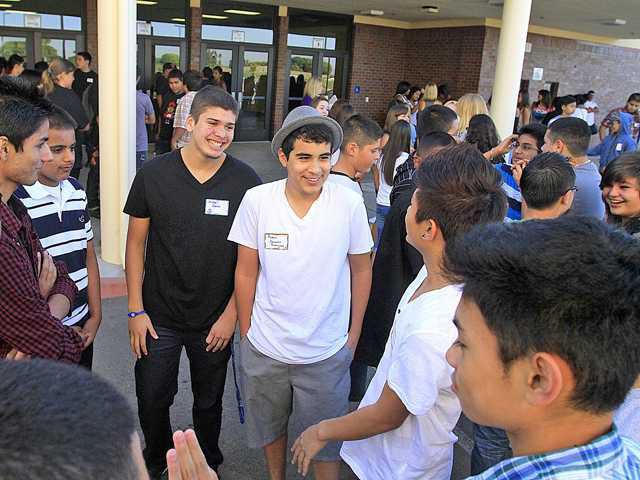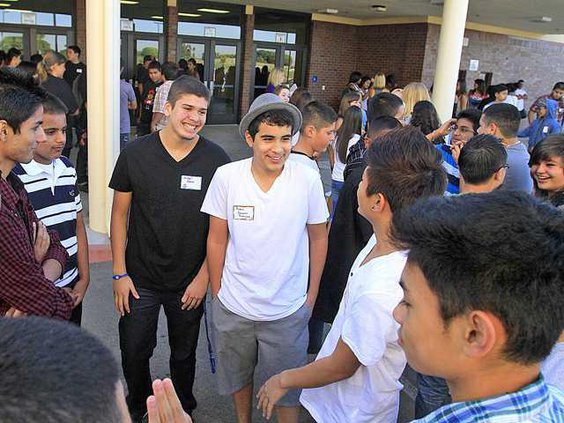California is catching up with San Joaquin County.
Sometime next year state demographers are projecting Hispanics will make up the largest ethnic group in California. When that happens the Golden State will join New Mexico as the only states in the nation where Hispanics constitute the largest ethnic grouping.
Those who identify themselves as Hispanic now constitute the largest percentage of San Joaquin County’s population. That happened in San Joaquin roughly five to six years ago.
Back in 1970, 74.7 percent of the state’s population was classified white as opposed to 15.5 percent Hispanic. By 2010 those figures had changed to 40.1 percent white and 37.6 Hispanic. Projections anticipate Hispanics will represent 40.8 percent of the state’s population in 2020 while whites 36.6 percent.
The 2010 Census shows that 38.9 percent of San Joaquin County’s 685,306 residents as of April 1, 2010 were Hispanic or Latino compared to 35.9 percent identified as white. Asians were the next largest block at 13.8 percent followed by blacks at 7.1 percent.
There are now roughly 20,000 more people who identify themsleves as Hispanic than those who are white in San Joaquin County.
A study by the University of Pacific Business Forecast Center indentifies the surge in Hispanic population as “the moist significant demographic shift in San Joaquin County over the past decade.”
The report indicates this is significant for two reasons.
•Women of Hispanic or Latino ethnicity generally have higher fertility rates across all child-bearing age groups than non-Hispanic woman. That means the county will continue to see a positive rate of natural population growth.
•San Joaquin County will remain younger than most other California counties as the state’s population ages and fertility rates continue to decline.
In 2000, the white portion of the county’s population stood at 47 percent. Since 2000 the percentage of the population identifying itself as white dropped by 8 percent. Meanwhile the Hispanic population grew by 55 percent. The Asian population grew by 53 percent and the black population by 28.6 percent.
Nearly one in three county residents - 32.6 percent - is 19 and younger. That is a slight drop from 2000 when it was 34.3 percent.
The Business Forecast Center predicts:
•The white population will continue to shrink percentagewise over the next two years. It will remain, though, the second largest ethnic group.
•The migration of young white adults out of San Joaquin County is expected to continue.
•By 2020, Hispanics will constitute 51 percent of the county’s population.
•The prime working population between 20 and 59 years is anticipated to drop to 47 percent in 30 years.
•The county will have 1,147,453 residents by 2040 based on conservative migration trends. With no migration, the county population will be at 937,685 in 30 years.
The second most significant demographic change between 2000 and 2010 was a significant increase in high income families in the South County that includes Manteca, Tracy, Ripon, and Lathrop.
Hispanics largest SJ population
Ethnic group grows by 55% since 2000 Census





